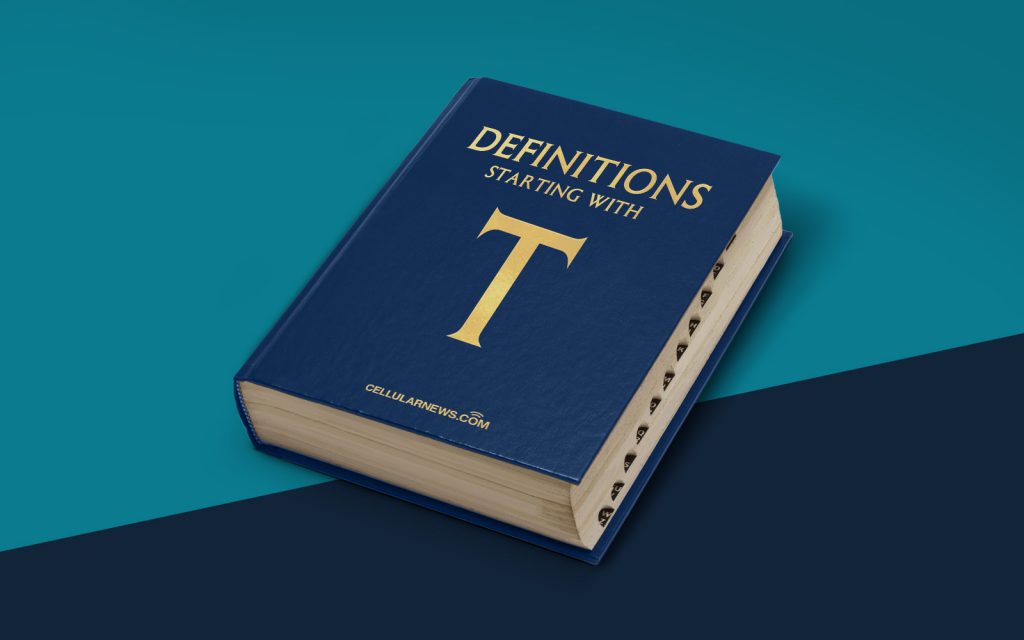
What is Transmedia?
Welcome to the “DEFINITIONS” category on our page, where we explore different terms and concepts related to various industries. Today, we will dive into the world of transmedia and uncover its meaning and significance. Have you ever come across the term “transmedia” and wondered what it really means? Well, you’ve come to the right place! In this blog post, we will demystify transmedia and provide you with a clear understanding of this fascinating concept.
Key Takeaways:
- Transmedia storytelling is the practice of telling a single story or narrative across multiple platforms and media formats.
- Transmedia allows for audience engagement and participation, creating a more immersive and interactive storytelling experience.
So, what exactly is transmedia? In simple terms, transmedia refers to the practice of telling a single story or narrative across multiple platforms and media formats. Traditionally, storytelling primarily happened through a single medium, such as books, films, or TV shows. However, with the advent of technology and digital platforms, the concept of transmedia storytelling emerged.
Transmedia storytelling taps into the idea that different media formats offer unique strengths and can be used in conjunction to enhance the overall narrative experience. By utilizing various platforms such as books, films, television, comic books, video games, websites, and social media, transmedia allows storytellers to expand on their narratives and engage with audiences in new and exciting ways.
Now, you might be wondering, why is transmedia storytelling so important? Well, here are two key takeaways to consider:
1. Audience Engagement and Participation:
Transmedia storytelling encourages audience engagement and active participation. By creating a cohesive narrative across different media, audiences are no longer passive consumers of content but active participants in the storytelling process. They have the opportunity to explore different aspects of the story through various platforms, immerse themselves in the narrative world, and even contribute to its development. This level of engagement fosters a deeper connection between the audience and the story, resulting in a more memorable and impactful experience.
2. Immersive and Interactive Storytelling Experience:
Transmedia allows for a more immersive and interactive storytelling experience. With each media format offering its own unique storytelling possibilities, creators can leverage these strengths to provide a more comprehensive and well-rounded narrative. For example, a television series may introduce the main storyline, while a companion novel delves into the backstory of a particular character, and a video game offers an interactive exploration of the story’s world. This multi-layered approach provides audiences with a more in-depth understanding of the narrative and enhances their overall engagement.
In conclusion, transmedia storytelling is a powerful and innovative approach that stretches the boundaries of traditional storytelling. By incorporating various media formats and platforms, transmedia allows creators to craft immersive narratives that captivate and engage audiences on multiple levels. So, the next time you come across the term “transmedia,” you’ll have a clear understanding of its meaning and the exciting possibilities it holds.
